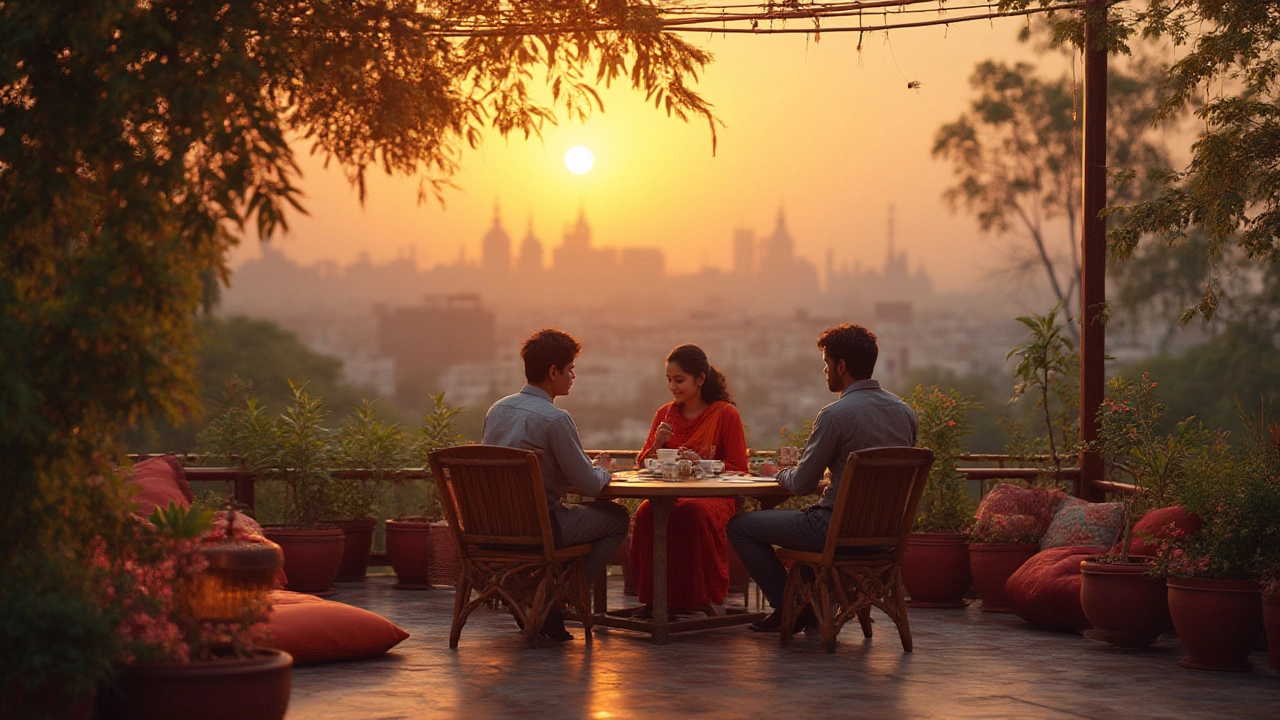What's the perfect terrace size? Find expert tips, real-life examples, and easy strategies to design a terrace that fits your style and needs.
Small Terrace Tips for Indian Gardens: Grow More in Less Space
When you're working with a small terrace, a limited outdoor space in urban Indian homes used for growing plants. Also known as balcony garden, it's not about size—it's about smart choices. Thousands of Indian households turn their terraces into thriving green zones, even in cities like Mumbai, Delhi, and Bangalore, where land is tight and heat is high. The key isn't buying fancy gear or waiting for perfect conditions. It's understanding what grows well under your roof, how to handle the sun, and how to keep things simple.
Most people think you need big pots or deep soil, but that’s not true. A container garden, growing plants in pots, buckets, or raised beds instead of open ground. Also known as small space gardening, it’s the backbone of terrace success in India. You can grow tomatoes in a 5-liter bucket, basil in a recycled plastic bottle, or even strawberries in hanging sacks. What matters is drainage, sunlight direction, and watering rhythm. A south-facing terrace gets the most sun—perfect for veggies. A north-facing one? Stick to shade-lovers like mint or ferns. And don’t forget monsoon drainage. A clogged terrace can turn into a swamp. A few inches of gravel under your pots or a slight slope makes all the difference.
Soil is another common mistake. Many use garden soil from the ground, but it gets compacted fast in pots. Instead, mix in compost, perlite, or even crushed brick. That’s what makes soil light, airy, and full of nutrients. You don’t need to buy expensive potting mixes. Local farmers’ compost or kitchen waste turned into vermicompost works just as well—and costs almost nothing. And when it comes to plants, pick the ones that already thrive here. Chilies, coriander, spinach, and marigolds don’t ask for much. They handle heat, humidity, and irregular watering better than exotic imports.
Watering is where most terrace gardens fail. Drip irrigation isn’t just for farms—it’s a game-changer for small spaces. A simple bottle drip system or a low-cost drip line keeps roots happy without soaking your neighbor’s balcony below. And don’t water at noon. Early morning or late evening is the only smart time. Heat evaporates water before plants can use it.
Finally, think about what you actually eat. Why grow ornamental flowers if you’re craving fresh curry leaves? Focus on edible plants first. Then add color with flowers that double as pest repellents—like marigolds keeping aphids away from your tomatoes. This isn’t just gardening. It’s food security on your rooftop.
Below, you’ll find real advice from people who’ve done this themselves—how to fix leaking terraces, what pots to avoid, which plants survive monsoons, and how to keep your terrace green all year. No fluff. Just what works in Indian conditions.
